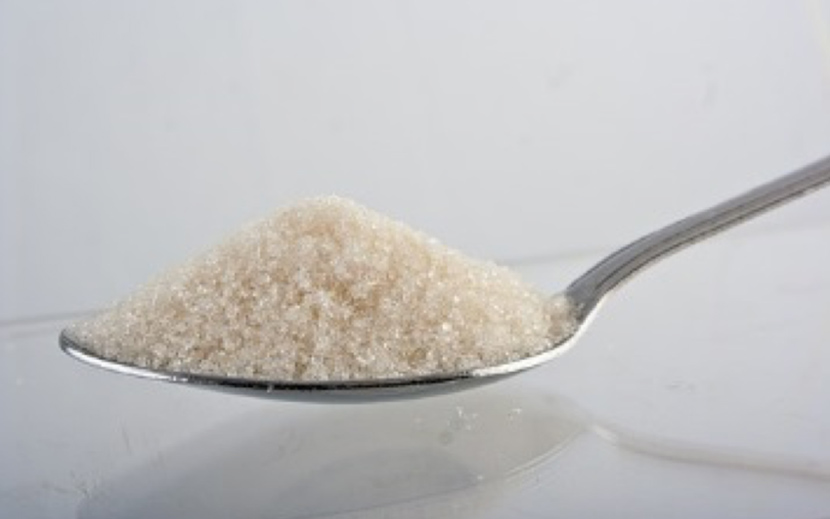Sugar addiction is often under-identified, even though it can lead to high blood pressure, diabetes, obesity and other health issues.
Understanding how the brain works on sugar is the key to understanding this addiction. Sugar can cause your brain to release large amounts of dopamine, which dulls the regulators in your brain. When that happens, it takes more and more sugar to get the same effect from sugar that many people crave – a rush of dopamine.
Since sugar can give you a rush of energy, it feels good. It’s important to understand that the energy boost sugar gives is actually a false energy, because it’s followed by a sugar crash. This crash can leave you feeling lightheaded, tired and even headachy. Overcoming a sugar crash can be very difficult, and motivation for work or other activities can become diminished for an extended period of time.
Sugar overstimulates the body. It causes you to feel excited or anxious. As you become used to consuming more and more sugar, your nerves, cells, and your whole body system begins to crave it. This reaction is similar to any other physical addiction, such as a drug dependency. You start to feel like you need sugar just to keep going through your day, and it can have negative effects on your mood if you don’t have it.
Even worse, many foods contain sugar or turn into sugar within the body without even being noticed. Breads, crackers, some cereals and pasta are easily identifiable carbohydrates that convert to sugar in the body. These types of foods lack fibre, which slows down the digestion process, allowing the sugar in these foods to convert more slowly. This enables the body to maintain more stable energy levels throughout the day, instead of the highs and crashes associated with sugar and empty carbohydrate consumption.
Switching to sprouted grain breads, which utilize the whole grain including the husk, can allow you to eat bread that is truly high in fibre. Unfortunately, many breads labelled as being whole grain do not contain the husk, and therefore do not contain the higher level of fibre that sprouted grains do.
Juices are another culprit for hidden sugar, as many packaged juice products contain added sugar. In addition, one of the main benefits of consuming fruit is that it contains fibre. However, with many juices, often the fibre of the fruit has been removed from the liquid during production, so you end up consuming the natural sugars of the fruit without getting the benefits of fibre from the fruit.
Added sugar can also be found in many canned or pre-packaged food products. Tomato paste, yogurt, and canned fruits are very high in added sugar. Ketchup, barbecue sauce, and even soups have a surprising amount of sugar in them, too. Before purchasing any pre-packaged or canned foods, look to see on the label how much sugar is contained in each serving. Keep in mind that the serving size may not be the amount of the food you are planning to eat, as manufacturers can hide the true amount of sugar contained in their food by reducing the size of the servings.
Learning to take your coffee or tea without sugar is another easy way to reduce your sugar intake. You can replace the sugar with more natural options, such as honey. You can also use stevia, which is a plant-based sugar substitute.
By paying close attention to the amount of sugar you consume, as well as the time of day you consume the sugar, you can gradually replace sugar with healthier foods or even different activities. Snacks like chopped vegetables, homemade hummus, whole fruits and even eating more protein will help stop you from taking in too much sugar.
For a free health assessment, please contact me at kim@thehealingpendulum.com.













